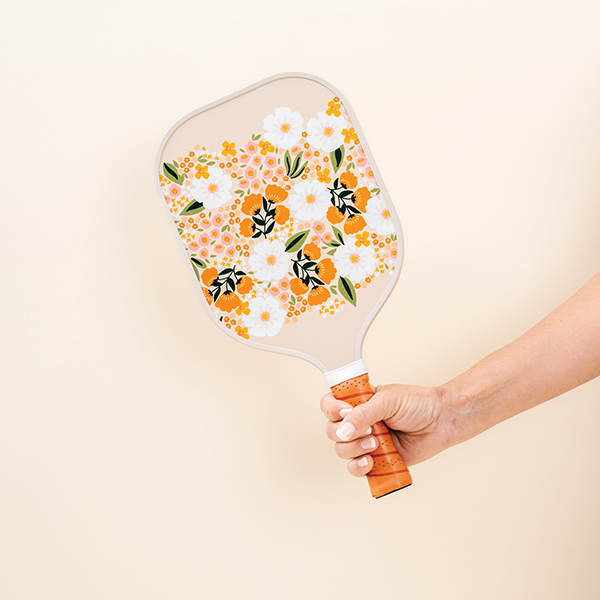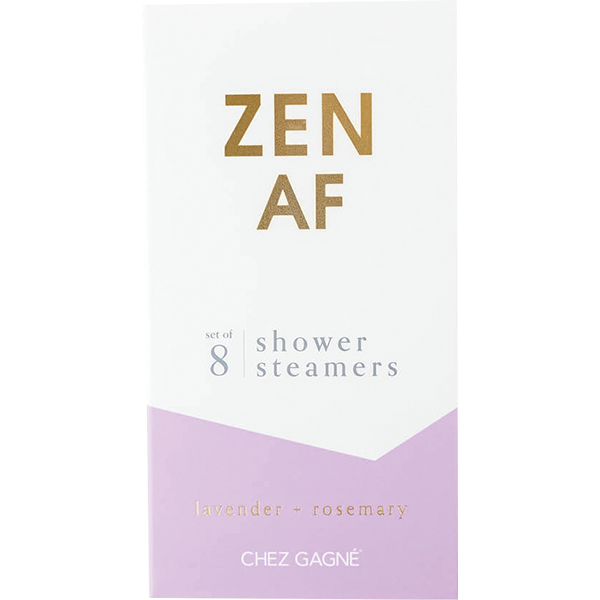A Retail Riddle
The answer’s in the cards
Here’s a retail riddle for you.
What’s a simple, yet useful indulgence that doesn’t take up space, have to be dusted or require maintenance? It can be smaller or slightly larger than a breadbox and easily implemented into any specialty retail store.
Give up? The answer is in the cards, or more specifically, the answer is stationery, greeting cards and related products.
By offering consumers a variety of simple ways to increase personal communication, you show the benefit of their purchase beyond aesthetic value. Yet some retailers still don’t carry these products, which is a riddle in itself.
Why
In a society that has become increasingly dependent on electronic communication, stationery products are now unique in the way that electronic communication was years ago. A handwritten note or gifted journal conveys a more thoughtful and personal connection than any e-mail or text, providing an often welcomed respite from the constant tweets and beeps most people face daily.
“Shoppers are looking for more of a conversational tone in greeting cards,” said Frank Cirillo of American Greetings. “To meet this need, the copy needs to be witty and inspired and generally applicable for all relationships, yet focused so that each sentiment sounds as if the consumer wrote it for their specific recipient.”
“Greeting cards have always been a meaningful form of me-to-you communication,” agreed George White of Up With Paper. “As the world has gone to more digital communication, greeting cards have even greater resonance. Specialty retailers need to offer their customers the opportunity to purchase unique greeting cards to facilitate this type of communication.”
Cirillo has found that consumers are beginning to exhibit a recession fatigue and are turning towards what is most important to them, often their family and friends, and making it a priority to celebrate the relationships they have.
“These relationships are sustaining consumers and they want to recognize this and show their appreciation for it,” Cirillo said. “The greeting card has always been an excellent resource for offering this appreciation in a tangible, heartfelt way, and that need is becoming even stronger.”
But not just any card or note will do. As consumers seek to differentiate from the standard cards and stationery items bought in the big box stores, they’re willing to spend the time and money on high-end, quality products to ensure that.
“Stationery design takes its cues from what’s happening in the fashion world,” said Jennifer Slaughter of iota. “Colors and patterns on paper are influenced by what’s happening in the area of textiles and vice versa. Beautiful stationery is an extension of personal style and taste, and consumers are willing to spend on the kinds of things that demonstrate their own personal style.”
Because consumers are often looking to purchase a memorable souvenir, they will aggressively snag cards and products they feel they may not have a chance to see again. Specialty retailers should look at carrying multiple suppliers that will support their product, merchandising and terms needs.
“By carefully selecting suppliers with high quality, unique products that fit the niche of the store, the retailer need not be afraid of prices considerably higher than greeting cards in big box stores,” White added. “These are not the same cards, and consumers are willing to pay for unique, quality cards that will make an impact on their recipients.”
Slaughter also recommends carrying more unique formats – items that have that extra detail or “surprise and delight” factor – as well as more items packaged for easy gifting, such as self-mailers.
“Items that are seen as indulgences for oneself are great items to carry, such as journals in various sizes or clever little notebooks (great impulse buys!) to put in one’s purse or book bag,” Slaughter said. “With every use, they are reminders of the visit they had, and there are themes that retailers can tie into per their area of specialty-zoos can choose to incorporate animal themed items, botanical gardens can infuse flower themes, etc.”
Where
Cirillo has found that placing the card department near the front of the store is best. This gives consumers more opportunity to stop at the outset of their visit, when they are more likely to make time to browse and take in the different offerings available.
Bob Harju of Pumpernickel Press agreed that it’s important to place cards in a prime location.
“So many card purchases are made when customers never intended on buying a card,” Harju said. “They see cards and it reminds them they need one. We offer various programs to meet small and large store needs and we have themed programs – coastal, birds, wildlife, backyard woodland, dogs/cats, horses/farm, etc.”
Merchandising opportunities vary depending on the item, but cards take up minimal room and items like self mailers and boxed sets can be displayed simply stacked, with one box facing out to display the items. Slaughter added that near the holidays, small signs can be made to show them being used for thank you notes. Close to summer vacation, they can be displayed as the perfect correspondence kit for summer camp.
“With self mailers, many patterns and colors line the outside of the box, which themselves form an eye-catching display when stacked,” Slaughter said. “The cigar-style box lid opens easily to show the contents. I recommend a retailer prop one of the self mailers open so people can see the unusual format (and the many different designs) enclosed.”
White added that retailers should ask that their suppliers help to display and merchandise their products in a way that further differentiates the store from big box accounts.
“Don’t underestimate the power of unique headers and fixtures to set apart the product and the store,” he said. “Best placement is always at the cash register, but it is also very effective to create alcoves by target group or design type, combining multiple suppliers targeting the same general customer group.”
Another valuable technique is coordinating products that cross-merchandise with stationery products, such as tote bags and similarly themed impulse merchandise and craft items. An often underused connection is between children and stationery products.
“Stationery and craft related items are a timeless favorite for children and parents alike, so we wanted to develop our own line of nature and wildlife themed stationery to help fill this need,” said Craig Hopp of Wild Republic. “Although we are increasingly becoming a technology driven society, parents and children still want products that encourage creativity and help to develop a child’s motor skills offered at relatively affordable price points.”
Who
Cirillo shared that the majority of greeting card consumers are female. Appealing to her, and to a broader audience, is all about communicating how the overall offering in the card aisle will meet her needs. Different audiences have different needs for different products.
“Pumpernickel Press designs are printed with special techniques on an uncoated recycled paper combined with sculptured embossing and educational information printed on the back of each card,” Harju said. “So our target audience is the outdoor/nature lovers and people who love to look at artwork.”
White said that Up With Paper broadly targets women aged 35-65 and that grandmothers are particularly fond of their product as a high-impact, memorable greeting card. Slaughter added that color is a basic connector with broad appeal.
“Iota products marry straightforward design with bold and slightly irreverent color and pattern,” she said. “So our audience is made of adventurous lovers of color and pattern, kids and adults who seek out a vibrant, carefree spirit in everyday life and choose to complement it with products that echo their style and sensibilities.”
So whether you’re an art museum, hospital or zoo, taking the time to unplug and clue in can be the answer to that retail riddle – it’s in the cards.
By Abby Heugel
Managing Editor






















